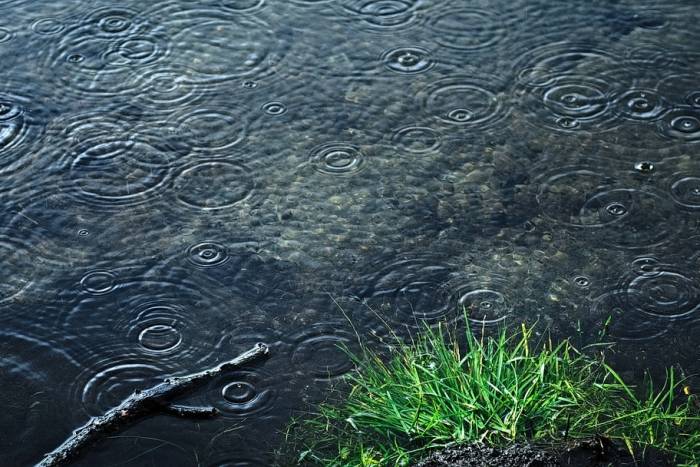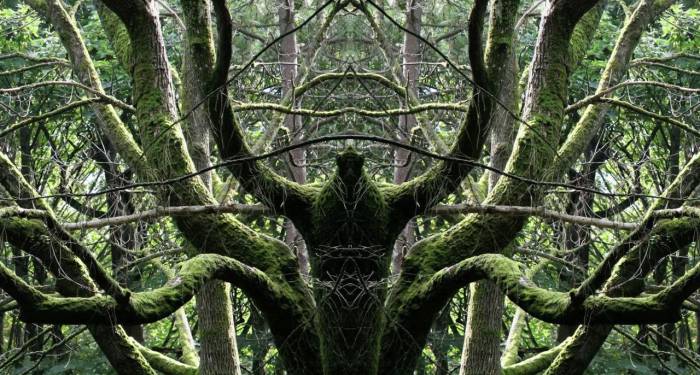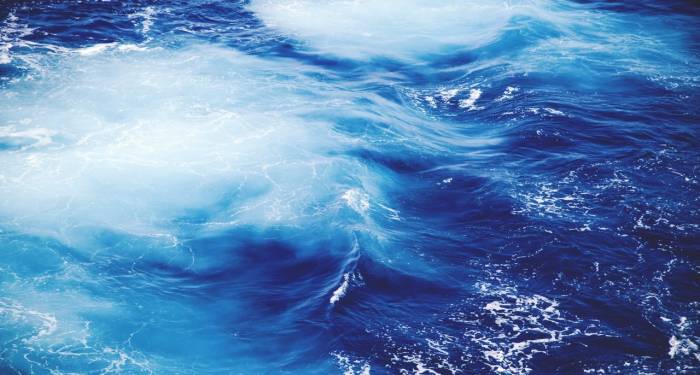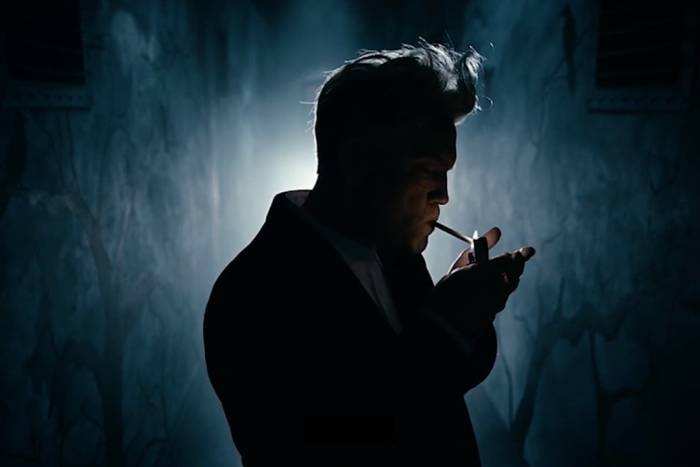The Antarctic Biennale; Or the Reinvention of the World From Antarctica
An inspiring initiative brings together artists, scientists, and thinkers on a ship traveling around Antarctica to rethink the planet with languages and frontiers.
Antarctica is one of the most beautiful and strange landscapes on the planet. Its beauty, impenetrable, almost extraterrestrial, has inspired artists and scientists for centuries. It’s now the site of the first ever Antarctic Biennale. An unusual biennial, it brings together artists, thinkers, and researchers on a maritime expedition intended to foster a dialogue between participants speaking from their own disciplines, the Antarctic environment, and with life across the planet.
The brain-child of Russian sailor, philosopher, and artist, Alexander Ponomarev, the Antarctic Biennale is defined as an experiment. It’s a socio-cultural phenomenon drawing on the methodologies of multiple disciplines – arts, philosophy, and science – to delineate scenery including the oceans, the polar circles and even outer space. The purpose is to create a space for artistic reflection around what the Russian calls “shared places,” spaces that exist on the edges of human experience, and which are suitable for rethinking the planet as a whole (with all of the philosophical, aesthetic, ethical and ecological implications taken for granted).
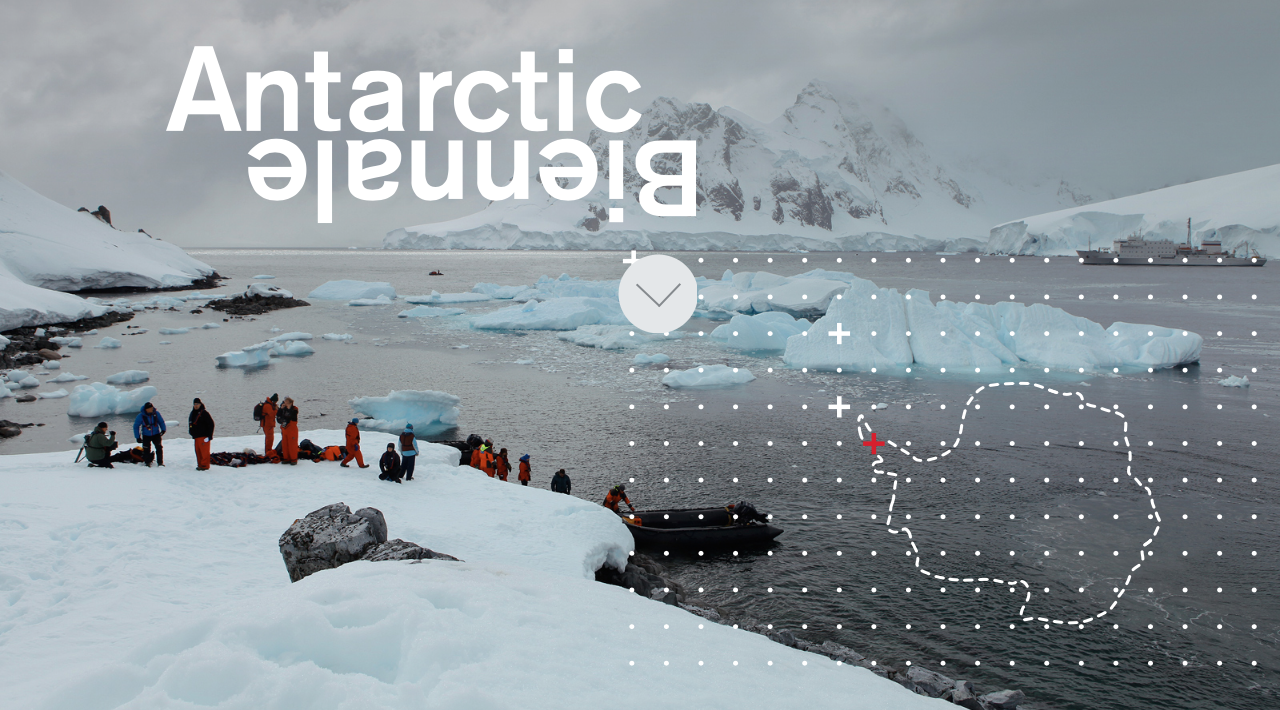
On its first expedition, in March 2017, the vessel Akademik Sergey Vavilov left Ushuaia, in Tierra del Fuego, Argentina, with more than 100 participants on board. The ship crossed the Drake Pass, entered the Antarctic polar circle and, after traveling to a few islands, returned to Cabo de Hornos, within Argentine territory. During the 11-day tour, the boat stopped at scientific stations and hosted a restless creative exchange among the passengers.
Antarctic Biennale activities included lectures, debates, artistic performances, conferences and exhibitions, and all aboard the Sergey Vavilov. Art installations of all kinds were left in the places where the ship stopped. These were ephemeral pieces and were carried back to the ship once completed. Mobility, ecology and artistic and conceptual expressiveness within the natural environment are just some of the themes which governed the creative expedition.
The project which made the Antarctic Biennale possible have only begun. The hope of the founders is to extend a new method of reflection and art into the future. It’s one that’s intimately related to the power of the environment to not only create but also to induce the epiphany so urgently called for today. The journey becomes, in a romantic way, an instrument for rethinking the Earth, the ultimate canvas of life (and hence of the artistic imagination, too).
Related Articles
Pictorial spiritism (a woman's drawings guided by a spirit)
There are numerous examples in the history of self-taught artists which suggest an interrogation of that which we take for granted within the universe of art. Such was the case with figures like
Astounding fairytale illustrations from Japan
Fairy tales tribal stories— are more than childish tales. Such fictions, the characters of which inhabit our earliest memories, aren’t just literary works with an aesthetic and pleasant purpose. They
A cinematic poem and an ode to water: its rhythms, shapes and textures
Here lies One Whose Name was writ in Water. - John Keats Without water the equation of life, at least life as we know it, would be impossible. A growing hypothesis holds that water, including the
Watch beauty unfold through science in this "ode to a flower" (video)
The study of the microscopic is one of the richest, most aesthetic methods of understanding the world. Lucky is the scientist who, upon seeing something beautiful, is able to see all of the tiny
To invent those we love or to see them as they are? Love in two of the movies' favorite scenes
So much has been said already, of “love” that it’s difficult to add anything, much less something new. It’s possible, though, perhaps because even if you try to pass through the sieve of all our
This app allows you to find and preserve ancient typographies
Most people, even those who are far removed from the world of design, are familiar with some type of typography and its ability to transform any text, help out dyslexics or stretch an eight page paper
The secrets of the mind-body connection
For decades medical research has recognized the existence of the placebo effect — in which the assumption that a medication will help produces actual physical improvements. In addition to this, a
The sea as infinite laboratory
Much of our thinking on the shape of the world and the universe derives from the way scientists and artists have approached these topics over time. Our fascination with the mysteries of the
Sharing and collaborating - natural movements of the creative being
We might sometimes think that artistic or creative activity is, in essence, individualistic. The Genesis of Judeo-Christian tradition portrays a God whose decision to create the world is as vehement
John Malkovich becomes David Lynch (and other characters)
John Malkovich and David Lynch are, respectively, the actor and film director who’ve implicitly or explicitly addressed the issues of identity and its porous barriers through numerous projects. Now



